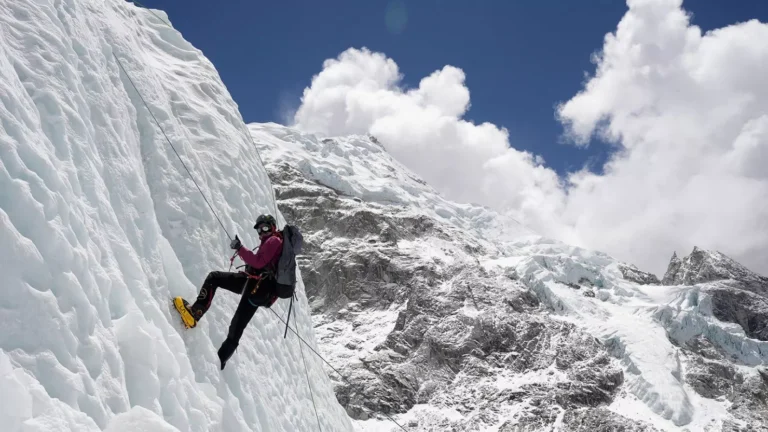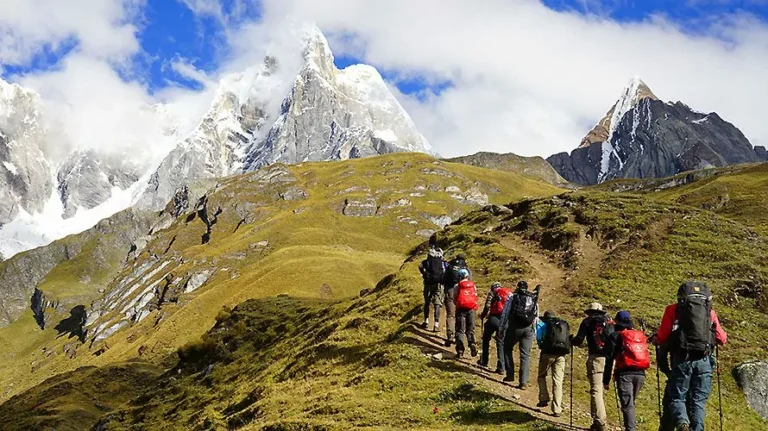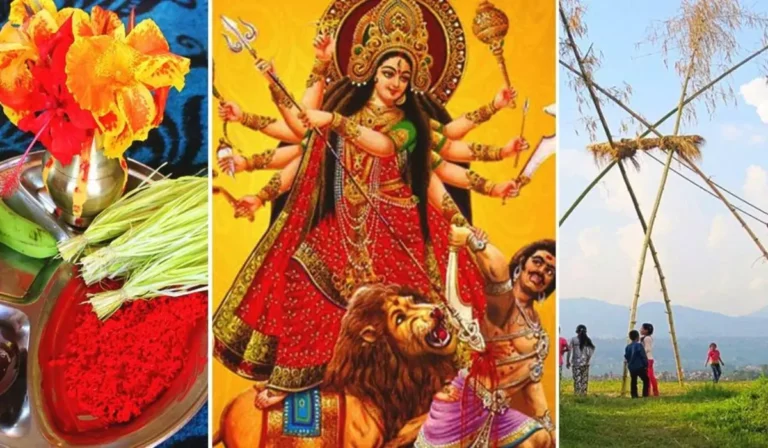- PUBLISHED
Annapurna Base Camp Trek Difficulty: How Hard Is It Really?
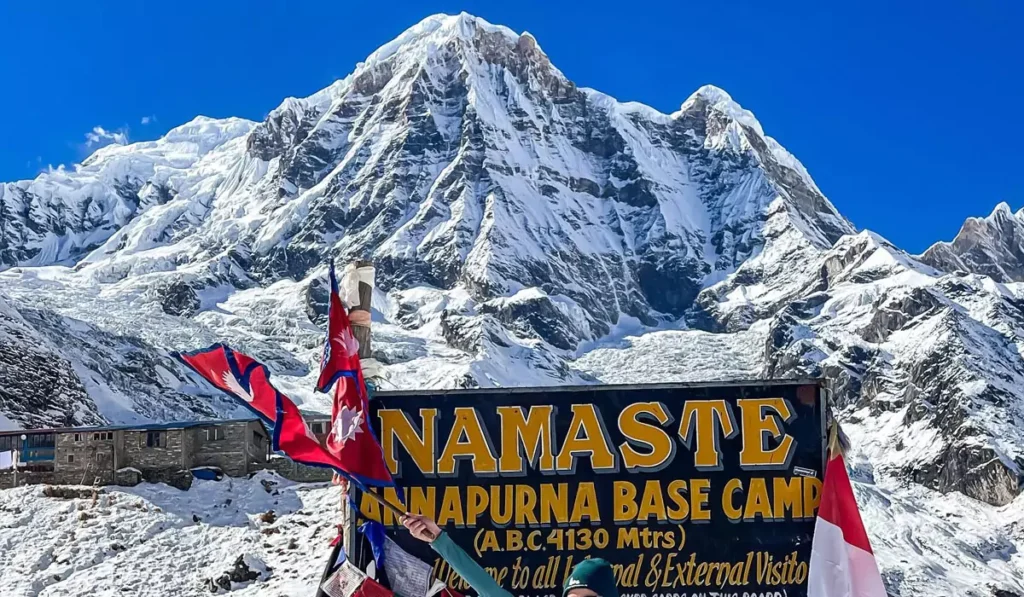
The Annapurna Base Camp trek is one of the most iconic journeys in Nepal, combining breathtaking mountain views, diverse landscapes, and a chance to experience the culture of Gurung and Magar communities. Nestled at 4,130 meters, the base camp is surrounded by towering peaks including Annapurna I (8,091m), Machhapuchhre (Fishtail), and Hiunchuli, creating a natural amphitheater unlike any other in the Himalayas.
But before setting out, many trekkers find themselves asking: Is the Annapurna Base Camp trek really difficult? In this blog, we’ll break down the challenges, factors that influence the trek’s difficulty, preparation tips, and whether this adventure is suitable for you. By the end, you’ll know exactly what to expect on the trail and how to get ready for it.
Where is Annapurna Base Camp?
Annapurna Base Camp lies within the Annapurna Conservation Area, about 40 kilometers north of Pokhara. The trek begins in the lush lower hills, where terraced rice fields and rhododendron forests dominate the landscape, before gradually ascending into alpine meadows and glacial valleys. Along the way, you’ll pass through picturesque villages such as Ghandruk, Chhomrong, and Sinuwa, where traditional stone houses and warm hospitality provide a glimpse into rural Himalayan life.
What makes the ABC trek unique is its diversity of scenery. In just a few days, you experience everything from subtropical forests to high-altitude glaciers. This rapid change in environment is one of the reasons trekkers often compare it with other scenic journeys like the Manaslu Expedition, though ABC remains more accessible in terms of distance and duration.
How Difficult Is the Annapurna Base Camp Trek?
The Annapurna Base Camp trek is generally classified as moderate in difficulty. Unlike technical expeditions such as the Ama Dablam Expedition, it does not require advanced mountaineering skills or specialized climbing equipment. However, trekkers should be prepared for long days on uneven trails, steep stone staircases, and gradual increases in altitude. The trek demands consistent stamina, as you will be walking 5–7 hours most days, often carrying a backpack and navigating rugged terrain. Proper pacing, hydration, and rest are essential to enjoy the journey while minimizing fatigue.
For beginners and intermediate trekkers, ABC offers a perfect balance between challenge and accessibility. While it is physically demanding, the trek is very achievable with a reasonable level of fitness and preparation. The difficulty is rooted in endurance rather than technical skill, so those comfortable with multi-day hikes will find the experience rewarding. Along the way, stunning panoramas of Annapurna South, Machhapuchhre (Fishtail), and surrounding Himalayan peaks provide motivation and unforgettable memories, making each step worthwhile.
Factors That Affect the Difficulty
1. Trek Duration and Distance
The standard ABC trek takes between 7 to 12 days, depending on the chosen itinerary. Covering approximately 110 kilometers round-trip, the trail requires stamina and consistency. Sections like Ulleri (3,000+ stone steps) and Chhomrong (a steep descent followed by a long climb) can be particularly tough on the legs.
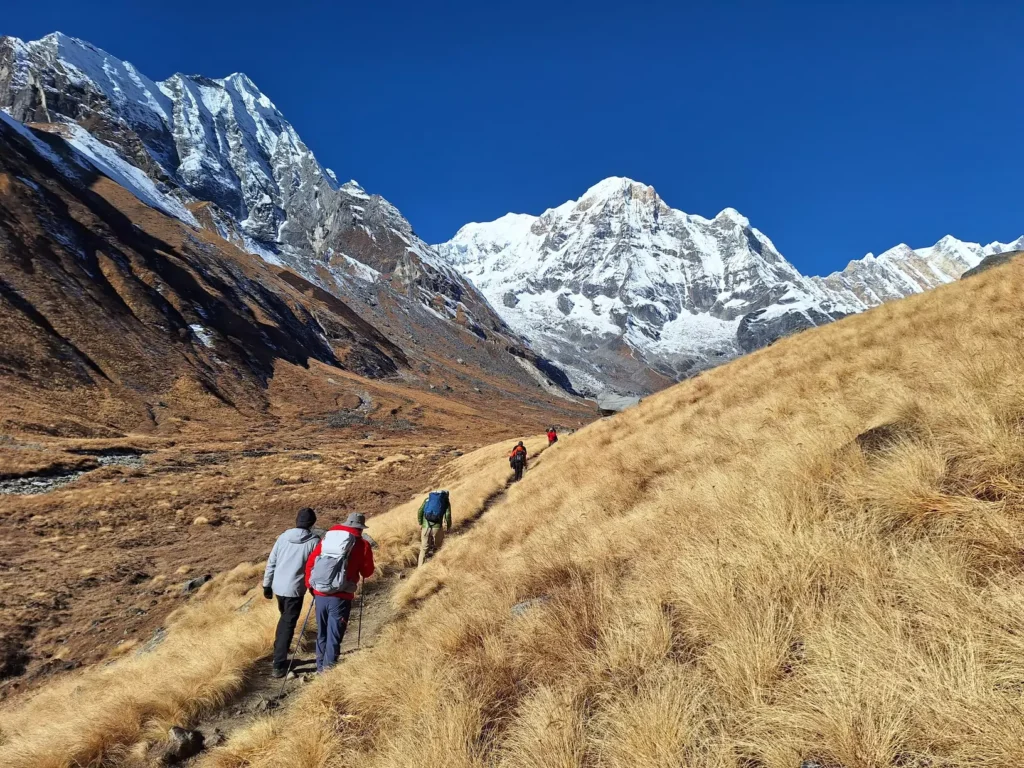
2. Altitude and Acclimatization
The Annapurna Base Camp trek reaches a maximum elevation of 4,130 meters. While this is lower than popular peak climbing adventures like Mera Peak or other challenging Himalayan peaks, altitude sickness can still affect trekkers. Symptoms such as headaches, nausea, and fatigue may appear if you ascend too quickly.
3. Trail Conditions
The path varies from smooth forest trails to rocky ridges and stone staircases. During monsoon, mud and leeches are common, while winter brings snow and ice. These conditions can significantly influence how difficult the trek feels.
4. Weather and Seasons
Autumn (Sep–Nov) and spring (Mar–May) offer the best balance of stable weather, clear skies, and moderate temperatures. Monsoon season makes trails slippery and dangerous, while winter may bring freezing nights and blocked paths. Just like the best time for Manaslu Circuit Trek, timing your ABC trek properly reduces many of the challenges.
5. Mental Preparedness
Trekking for several days in a row requires mental strength. There may be moments of fatigue, bad weather, or discomfort in basic teahouses. Keeping a positive mindset is as important as physical fitness.
Fitness and Preparation Tips
Proper fitness preparation significantly influences how enjoyable and comfortable your Annapurna Base Camp trek will be. Engaging in cardio activities such as running, cycling, or swimming boosts stamina, while hiking, stair climbing, or hill walking strengthens leg muscles for long ascents and descents. Practicing with a backpack loaded with 8–12 kg of weight helps your body adapt to carrying gear over uneven terrain. Even short practice hikes on local trails can make a noticeable difference in endurance and confidence when you reach higher altitudes.
Equally important is packing smartly. Wearing sturdy trekking shoes, dressing in layered clothing suitable for changing temperatures, and using trekking poles can reduce strain and prevent injuries. Make sure your backpack is well-organized and lightweight, avoid unnecessary items and focus on essentials. Learning how to pack a trekking backpack efficiently allows you to carry water, snacks, first aid, and warm layers without overloading yourself, leaving you energized to enjoy every step of the trail.

Best Time to Trek for Easier Conditions
Choosing the right season for the Annapurna Base Camp trek can make a significant difference in comfort, safety, and the overall experience. Spring (March–May) is a favorite for many trekkers, offering warm daytime temperatures, stable weather, and vibrant rhododendron blooms along the trail. Autumn (September–November) brings crisp air and clear skies, providing some of the most spectacular mountain panoramas. Both seasons allow for easier trekking conditions and minimal weather-related disruptions.
Winter (December–February) offers stunning views but comes with very cold nights and the possibility of snow blocking parts of the trail. Monsoon season (June–August) is the least recommended due to heavy rainfall, slippery trails, and leeches in lower areas. For those planning their adventure, spring and autumn remain the ideal windows. You should also need to know the best time to visit Nepal to align your trek with optimal weather and vibrant cultural experiences.
Guide or Independent Trek: Which Is Easier?
Since 2023, Nepal requires all foreign trekkers to hire a licensed guide. This rule has improved safety while also making the trek easier for many. A guide helps with navigation, cultural insights, and managing permits, while a porter can carry your load, reducing physical strain. Independent trekking used to be possible, but with current rules, guided treks are the standard option and for good reason. Having professional support allows you to focus on enjoying the journey rather than stressing over logistics.
Conclusion
The Annapurna Base Camp trek is a rewarding Himalayan adventure, offering stunning mountain views, cultural encounters, and a chance to experience Nepal’s natural beauty. With proper preparation, this moderate trek is accessible and memorable for every adventurer.
From moderate treks to challenging hikes and high-altitude peak climbs, BeThere ensures each journey offers safety, comfort, and breathtaking scenery for an unforgettable Himalayan adventure.
Table of Content
Frequently Asked Questions
How challenging is the Annapurna Base Camp trek?
The trek is rated as moderately difficult. Expect daily walks of 5–7 hours on trails that include steep stone steps, uneven paths, and gradual altitude gain. With proper acclimatization and preparation, most trekkers with average fitness levels can complete it successfully.
Is it necessary to hire a guide or porter?
Yes, hiring a licensed guide is now compulsory for foreign trekkers in the Annapurna region. This rule ensures safety and provides local employment. Guides assist with navigation, cultural knowledge, and emergency support. If you prefer to trek light, a porter can carry your heavier gear, making the journey much easier.
What type of accommodation is available on the route?
Trekkers stay in traditional teahouses, family-run lodges found along the trail. Rooms are simple, usually with twin beds, and bathrooms can be shared or private depending on the lodge. Though facilities are basic, they are comfortable enough and provide an authentic Himalayan trekking experience.
How do trekkers deal with altitude sickness on the ABC trail?
Altitude can affect anyone, regardless of fitness level. The best approach is to walk slowly, stay hydrated, and allow your body time to adjust. Most itineraries are designed for gradual elevation gain. If you notice symptoms such as dizziness, nausea, or headaches, let your guide know immediately.
What essentials should I pack for the trek?
Pack light but smart: layered clothing for changing temperatures, sturdy hiking boots, a warm jacket, trekking poles, a backpack, water purification tablets, sunscreen, and personal toiletries. A camera is a must, the mountain views are unforgettable.
Which permits are required for Annapurna Base Camp?
To trek to Annapurna Base Camp, you’ll need two documents: the Annapurna Conservation Area Permit (ACAP) and the Trekkers’ Information Management System (TIMS) card. These permits are checked at several points along the trail, so keep them handy.
What level of fitness is recommended?
While the trek doesn’t require technical skills, good physical conditioning is essential. You should be comfortable walking several hours a day on uneven terrain. Preparing with cardio workouts, hiking practice, or stair climbing before your trip makes the journey more enjoyable.
What kind of weather can I expect?
Weather conditions vary by season. Spring and autumn bring clear skies and mild days, but cooler nights. Winter can mean snow and freezing temperatures at higher altitudes, while the monsoon season (June–August) is marked by heavy rain, humidity, and slippery trails.
Are medical services available along the trek?
Medical facilities are limited, with small health posts in villages like Ghandruk and Chhomrong. Guides carry first-aid kits for minor issues, but in serious cases, helicopter evacuation is the only option. Having travel insurance that covers evacuation is strongly recommended.
How can altitude sickness be prevented?
The best prevention is a steady pace and proper acclimatization. Drink plenty of water, eat well, and avoid alcohol or smoking while trekking. Many trekkers also consult their doctors about preventative medication like Diamox before the trip.
Need help choosing a trail?
Connect with a local and plan your perfect trek.

